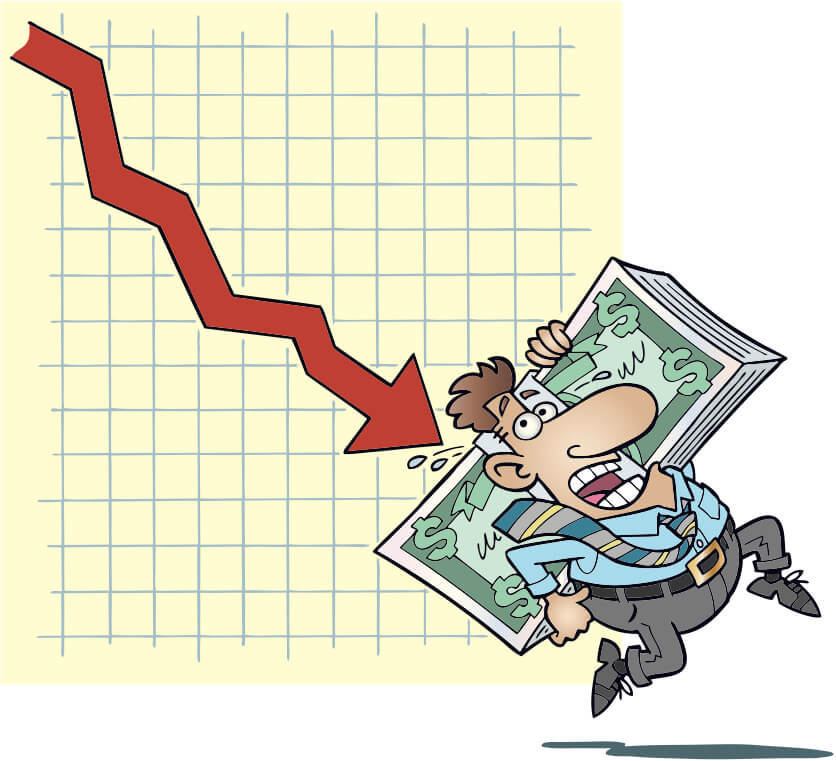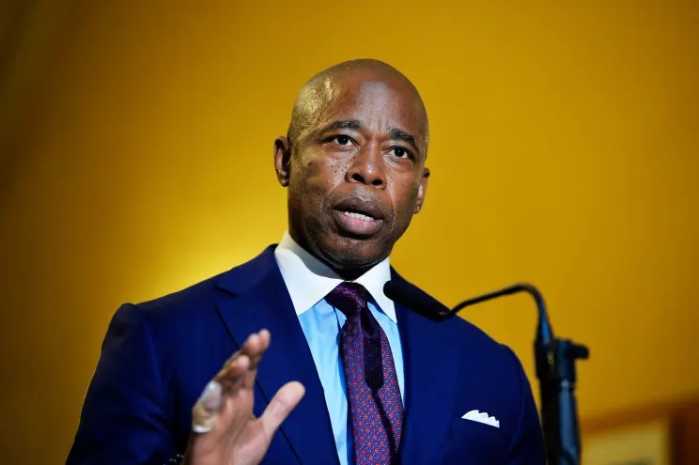– The world is being pressed by financial interests to raise interest rates, ostensibly to check inflation. After the US Federal Reserve started raising interest rates, more central banks have been doing likewise.
Considering inflation’s contemporary causes, such ‘follow the leader’ central bank mimicry cannot check it except by slowing economies. Worse, this has meant taking on huge new risks, seriously damaging world economic prospects in the medium and long-term.
Inflation bogey dangerous
Much earlier, World Bank supported research had shown moderate inflation – in the range of 15–30% – was not harmful to growth, and could “be reduced only at a substantial cost to … growth”.
Nonetheless, “The ratio of fervent beliefs to tangible evidence seems unusually high on this topic”. Unsurprisingly, central banks are still trying to keep inflation below 2% – an arbitrary target “plucked out of the air”, due to a “chance remark” by New Zealand’s finance minister then.
Raising interest rates will derail recovery and worsen supply disruptions and shortages due to the pandemic, war and sanctions. European Central Bank (ECB) Executive Board member Fabio Panetta has noted the euro zone is “de facto stagnating” as economic growth has almost stopped.
As policymakers struggle with inflation, growth and wellbeing are being subjected to huge risks. As Panetta warns, “monetary tightening aimed at containing inflation would end up hampering growth that is already weakening”.
Interest rates rising globally
Among emerging markets and developing economies, South Africa’s central bank raised interest rates for the first time in three years in November 2021.
On 24 March 2022, the Bank of Mexico raised interest rates for the seventh consecutive time. On the same day, Brazil’s central bank raised interest rates to its highest level since 2017.
On 4 May, the Reserve Bank of India raised interest rates – its first rate change in two years and first rate hike in nearly four. On 5 May, Chile’s central bank raised interest rates. Pressed by finance to curb inflation, more central bankers are tightening monetary policy.
Without evidence or reasoning, they insist higher interest rates will check inflation. Their recognized adverse effects for recovery and growth are dismissed as unavoidably necessary short-term costs for some unspecified long-term gains.
But despite facing higher inflationary expectations, tightening international monetary conditions, and Ukraine war uncertainties, the ECB and Bank of Japan have not joined the bandwagon, refusing to raise policy interest rates so far.
Interest rate – blunt tool
But central bankers’ dogmatic stances, knee-jerk responses and ‘follow the leader’ behaviour are not helpful. Even when inflation reaches dangerous levels, raising interest rates may still not be the right policy response for several reasons.
First, raising interest rates only addresses the symptoms – not the causes – of inflation. Inflation is often said to be a consequence of an economy ‘overheating’. But overheating can be due to many factors.
Higher interest rates may relieve overheating, by slowing economic activity. But a good doctor should first investigate and diagnose an ailment’s causes before prescribing appropriate treatment – which may or may not require medication.
It is widely accepted that the current inflationary surge is due to supply chain disruptions – exacerbated by war and sanctions – especially of essential goods such as food and fuel. If so, long-term solutions require increasing supplies, including by removing bottlenecks.
Higher interest rates reduce aggregate demand. But simply raising interest rates does not even address the specific causes of inflation, let alone rising prices due to supply disruptions of essential goods, such as food and fuel.
Interest rate – indiscriminate
Second, the interest rate affects all sectors, everyone. It does not even distinguish between sectors or industries needing to expand or be encouraged, and those that should be phased out, for being less productive or inefficient.
Also, raising interest rates too often, and to excessively high levels, can squeeze, or even kill productive and efficient businesses along with inefficient or less productive ones.
US bankruptcies had soared in the early 1980s after US Fed chair Volcker’s legendary interest rate spike. “Thousands of businesses that took out bank loans could fail”, warned a leading UK tax advisory firm recently.
Third, interest rates do not distinguish among households and businesses. Higher interest rates may discourage household expenditure, but also dampen all kinds of spending – for both consumption and investment.
Hence, overall demand may shrink – discouraging investment in new technology, plant, equipment and skills. Thus, higher interest rates adversely affect long-term productive capacities and technological progress of economies.
Debt, recessions and financial crises
Fourth, higher interest rates raise debt servicing costs for governments, businesses and households. With the exceptionally low interest rates previously available after the 2008-09 global financial crisis (GFC), debt burdens rose in most countries.
These undoubtedly encouraged risky, speculative behaviour as well as unproductive share buybacks, increased dividends, and mergers & acquisitions. Interest rate hikes have triggered many recessions and financial crises. Thus, raising interest rates now will likely trigger a new, albeit different era of stagflation.
The pandemic has pushed public debt to historic new highs. Forty-four per cent of low-income and least developed countries were at high risk of, or already in external debt distress in 2020.
Before the COVID-19 crisis, half the small island developing states surveyed already had solvency problems, i.e., were at high risk of, or already in debt distress. Thus, raising interest rates can trigger a global debt crisis.
Fifth, paradoxically, higher interest rates raise debt-servicing expenses, especially mortgage payments, for indebted households. Costs of living also rise if businesses pass higher interest costs on to consumers by raising prices.
Hence, the main beneficiaries of low inflation and higher interest rates are the holders of financial assets who fear the relative diminution of their value.
Developing countries vulnerable
Developing countries are particularly vulnerable. Higher interest rates in developed countries — particularly the US — trigger capital outflows from developing countries – causing exchange rate depreciations and inflationary pressures.
Higher interest rates and weaker exchange rates will aggravate already high debt service burdens — as happened in Latin America in the early 1980s after US Fed chair Volcker greatly increased US interest rates.
To discourage sudden capital outflows and prevent large currency depreciations, developing countries raise interest rates sharply. This may lead to economic collapse – as in Indonesia during the 1997-98 Asian financial crisis.
Although pandemic response measures — such as debt moratoria — provided some relief, business failures rose nearly 60% in 2020 from 2019. Middle- and low-income countries saw more business failures.
The World Bank’s Pulse Enterprise Survey — of 24 middle- and low-income countries — found 40% of businesses surveyed in January 2021 expected to be in arrears within six months.
This included more than 70% of firms in Nepal and the Philippines, and over 60% in Turkey and South Africa. Business failures of such scale can trigger banking crises as non-performing loans suddenly soar.
Instead of checking contemporary inflation, raising interest rates is likely to greatly damage recovery and medium-term growth prospects. Hence, it is imperative for developing countries to innovatively develop appropriate means to better address the economic dilemmas they face.
IPS UN Bureau


























